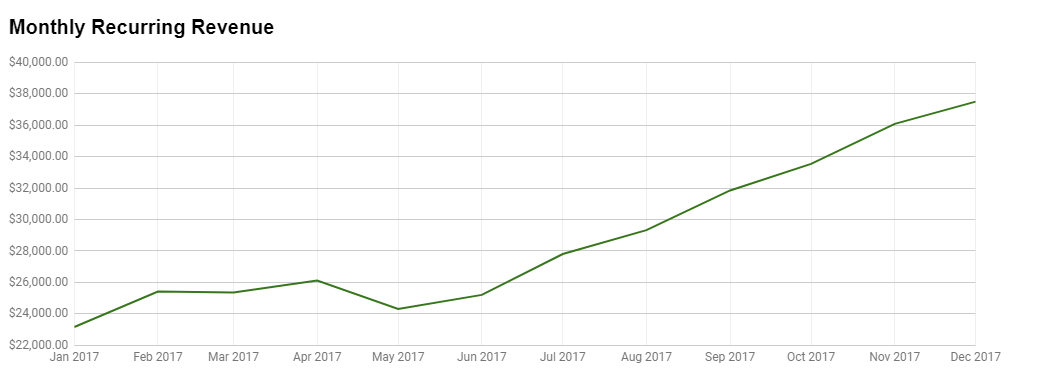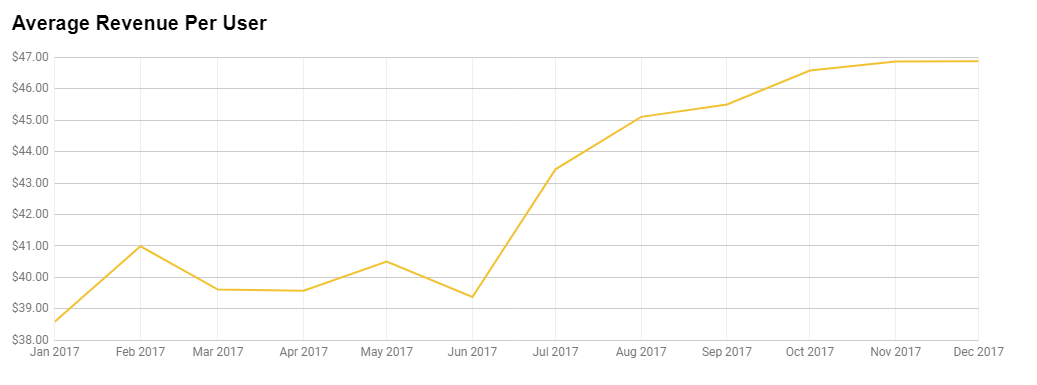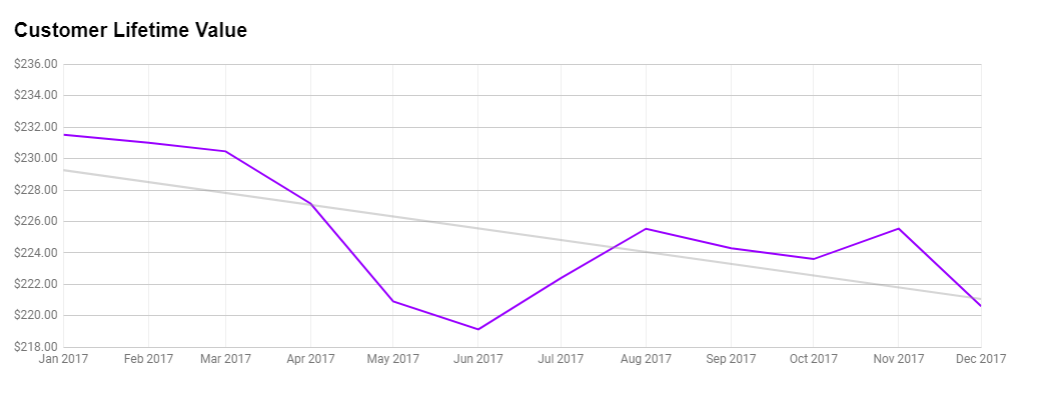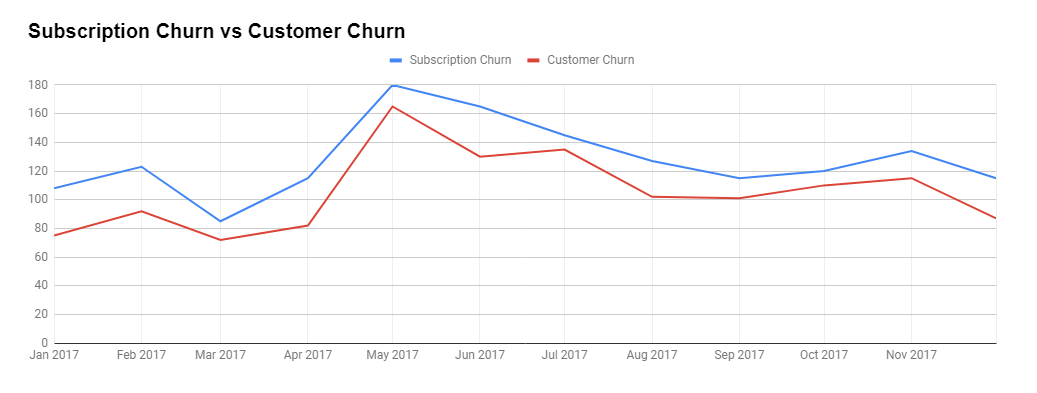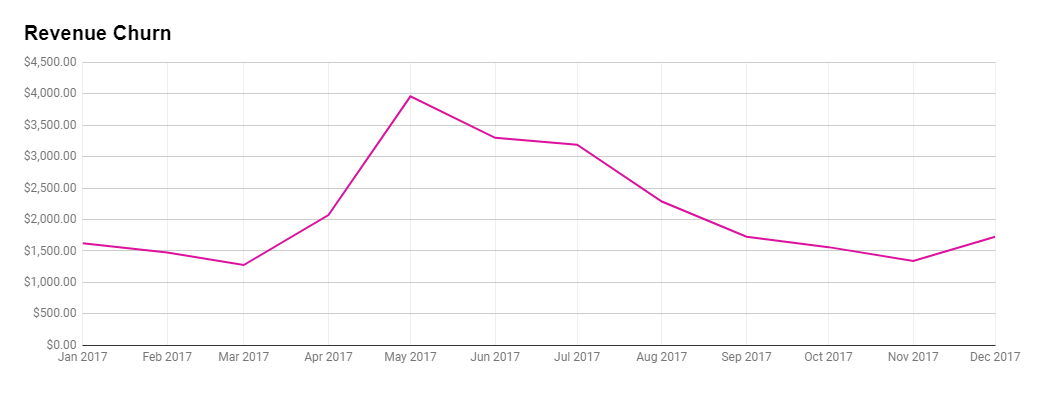Web hosting companies sell most of their services in the recurring billing model. Monitoring of such a business requires specialized metrics focused on tracing the growth in multiple dimensions. Lots of companies are not even aware of many measures crucial for analysis of a subscription business model, mostly because their billing systems, e.g. WHMCS, don’t offer these sorts of built-in reports. Therefore, I’ve decided to bring up the most important billing reports for web hosting companies that are worth noticing.
First of all, you have to realize that monitoring of your regular income on a month-to-month basis will not give you a full picture.
Taking this into account, if you want your web hosting company to grow and succeed, you need to:
- Increase your MRR – it does not always mean immediate growth of the NET income!
- Increase the value of your users – in both the short and long run,
- Reduce churn – not only the revenue churn, but also the subscription and customer churn.
In order to make proper decisions about the above factors, you need to keep track of multiple metrics. It is also extremely important to compare the results in custom time intervals (e.g. quarter to quarter), as well as be able to filter them by products or customer groups. Below you will find the key measures, which, in my opinion, you should trace on a daily basis.
Monthly Recurring Revenue (MRR)
MRR is a report that indicates how much money you can expect from your active subscriptions. Typically, if your client base increases, or the value of an individual customer does, the MRR metric strongly and steadily grows. However, generating new sales is not the only method to increase MRR. Acquiring new clients is thought to be more expensive than maintaining the existing ones, so you may consider increasing the income of your current customers instead!
An example of a steady and stable growth of MRR. The higher it is, the better condition of a company and the higher its value.
Average Revenue Per User (ARPU)
ARPU defines how much revenue you get from one active client on average. Customers having only free trial, one-time or free products do not impact ARPU, so it’s related to the subscription model only. Usually, ARPU increases if your clients buy new services or make upgrades. Furthermore, ARPU can be used to figure out if the new changes in your offer turned out to be right. For instance, when you introduce a new service for your customers or modify the pricing scheme, ARPU will increase if your clients liked it!
An example of successful VAS introduced in June! ARPU grew, which means that the existing client base pays you more on average.
Lifetime Value
LTV is used to define a total profit from one customer through your entire business relationship with them. In other words, it is an indicator of how much money a single client brings to your company on average. It is very often applied to calculate the profitability of marketing campaigns by comparing it to Customer Acquisition Costs (CAC). Obviously, you need to get more money from a user than it costs you to acquire them. It is not just a metric, it also gives a business owner the general impression about the quality of their services – the longer your clients stay and the more money they spend, the better your service quality!
An example of decline in customer loyalty for the company. As you can see on the trendline (the grey line), the value slowly decreases. This company needs to find the reason behind it, and then, perhaps consider extra discounts for existing clients?
Churn – Three reports on how your business is losing
“Churn” is an ominous word that makes every owner of a subscription-based business shake in their boots. Putting it simply, the higher the churn, the more revenue you lose from the already acquired client base. There are, however, three churn reports that you can monitor to gain the full view:
- Subscription Churn – it doesn’t necessarily translate into the loss of a customer, as they can still have other active subscriptions with you,
- Revenue Churn – it is the value of all lost subscriptions and downgrades,
- Customer Churn – it means that a cancelled customer has no more active subscriptions.
If your customers have multiple services, the Customer Churn will be slightly different and smaller than the Subscription Churn. In the above example, you can notice the huge churn increase in May. It was probably due to some major network problems with the hosting services.
The Revenue Churn may also have a different shape than the Customer/Subscription Churn, because, typically, pricing of services varies. In addition, the Revenue Churn includes downgrades that are not considered by the Subscription Churn report.
Where can I learn more? Where can I get these reports for my company?
If you would like to have a tool that allows you to browse all discussed reports or if you’re simply interested in these topics, I strongly suggest that you subscribe to the MetricsCube Newsletter. I will be providing much more detailed materials about them on the MetricsCube Blog, starting on July, and everyone subscribed will be up to date with new publications.
For more details about my MetricsCube project, please visit the website: www.metricscube.io
Must-have billing reports for web hosting business,

